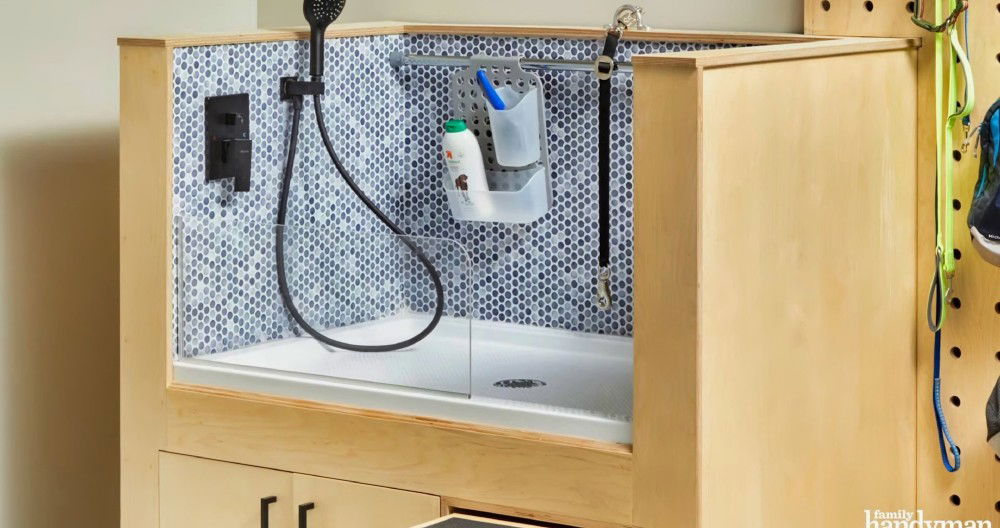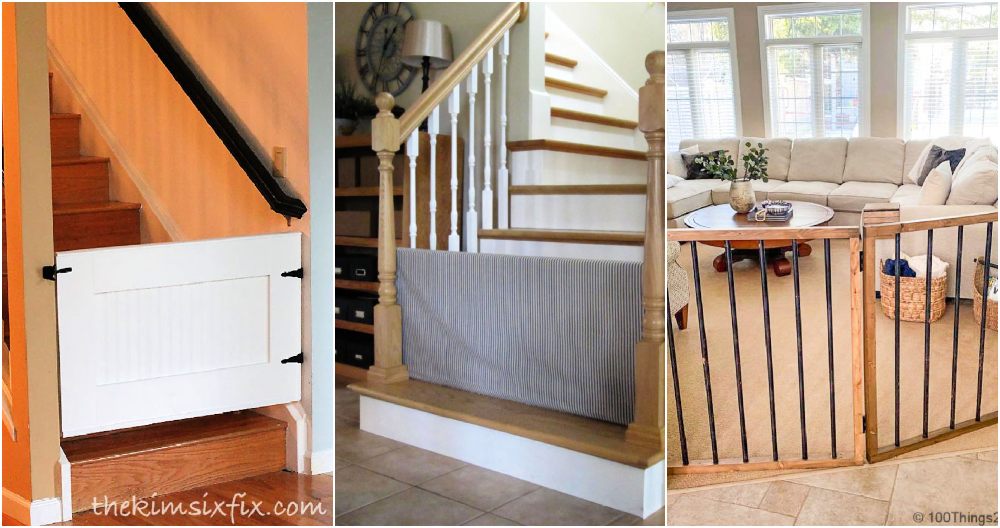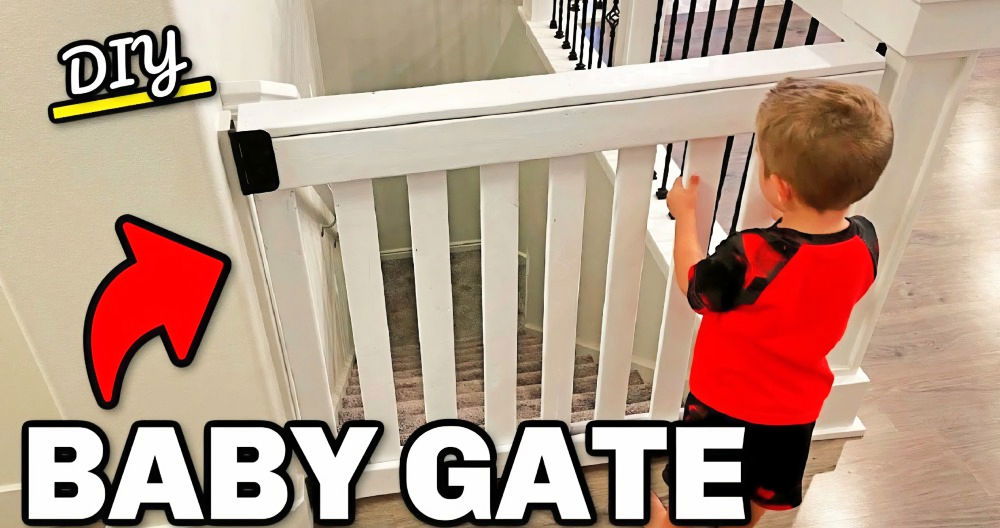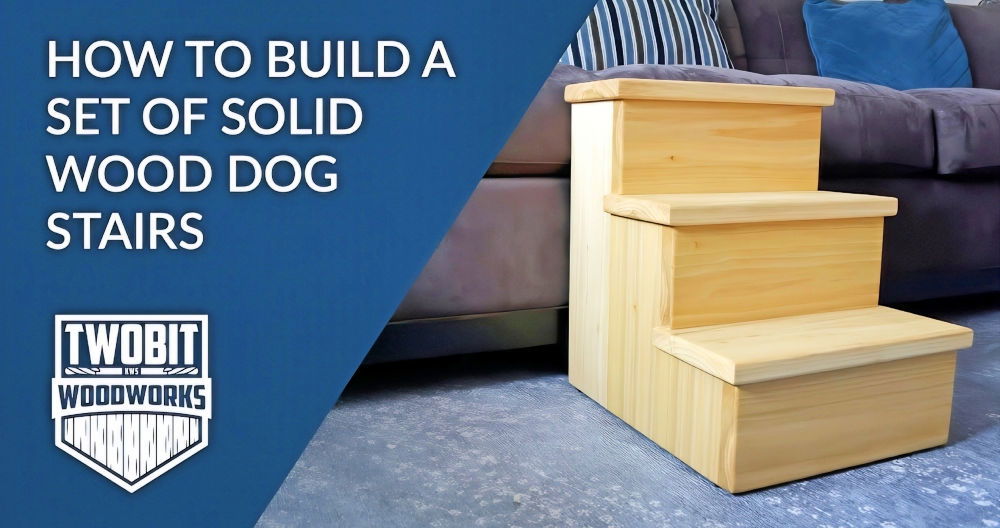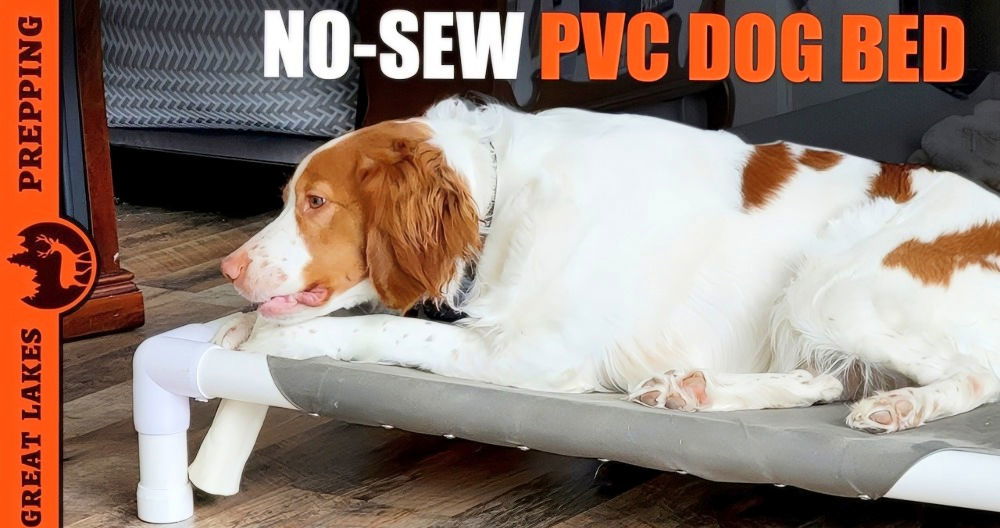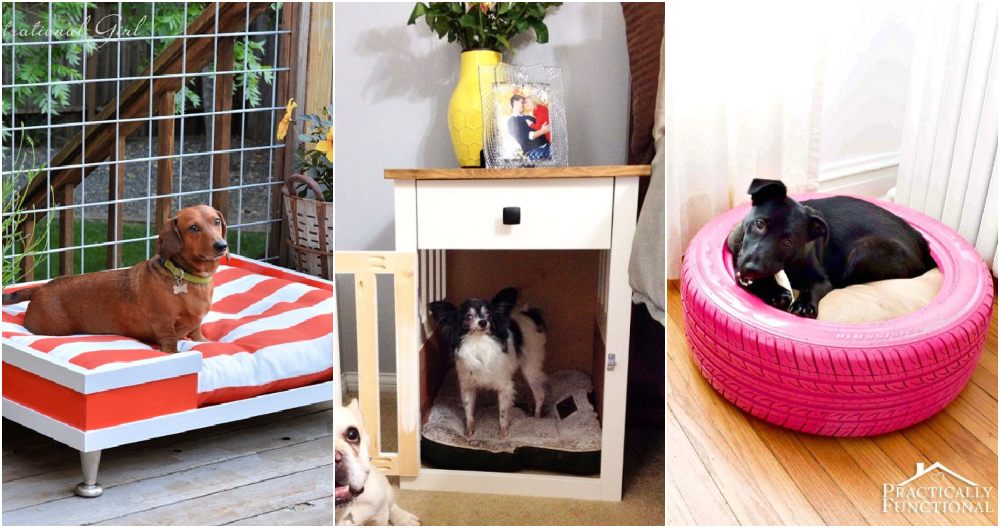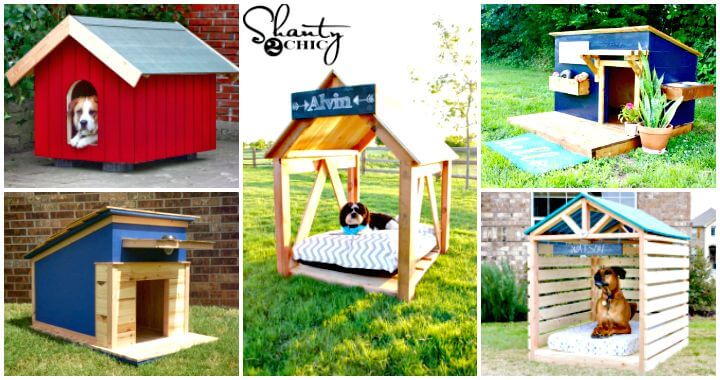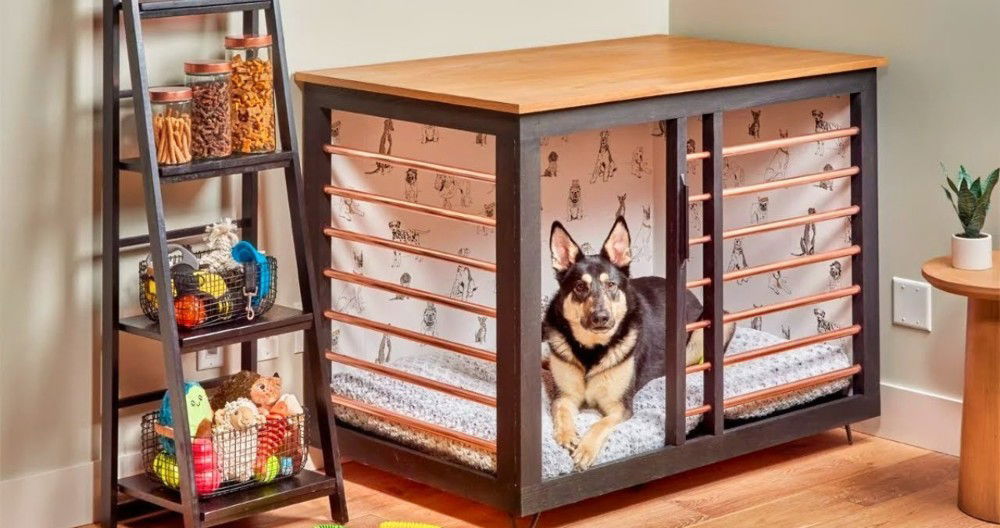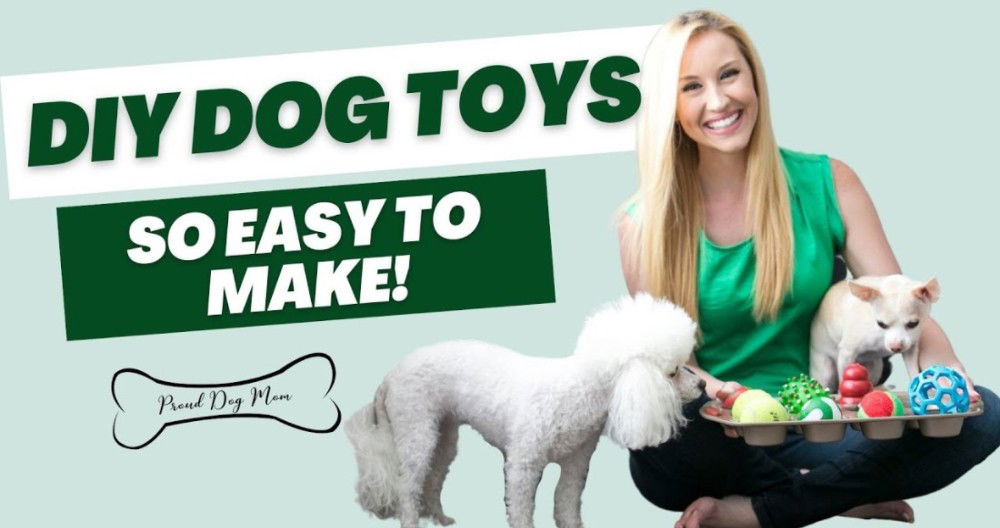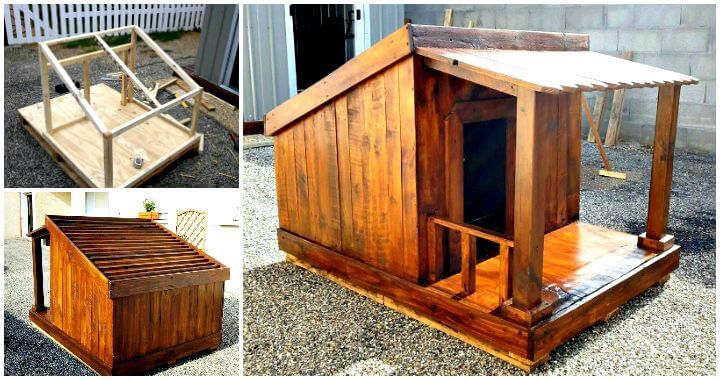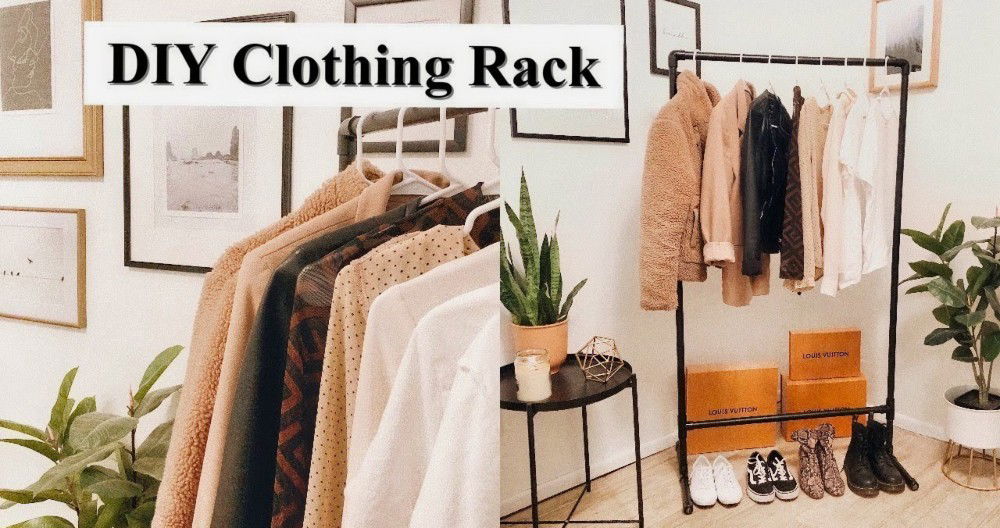Building a cozy and warm dog kennel with pallet wood is not only a sustainable choice but also an affordable project. This guide outlines a step-by-step method to build a warm paling doghouse that your furry friend will love. With basic tools and materials, you can construct a durable shelter that costs under $25. Let's dive in!
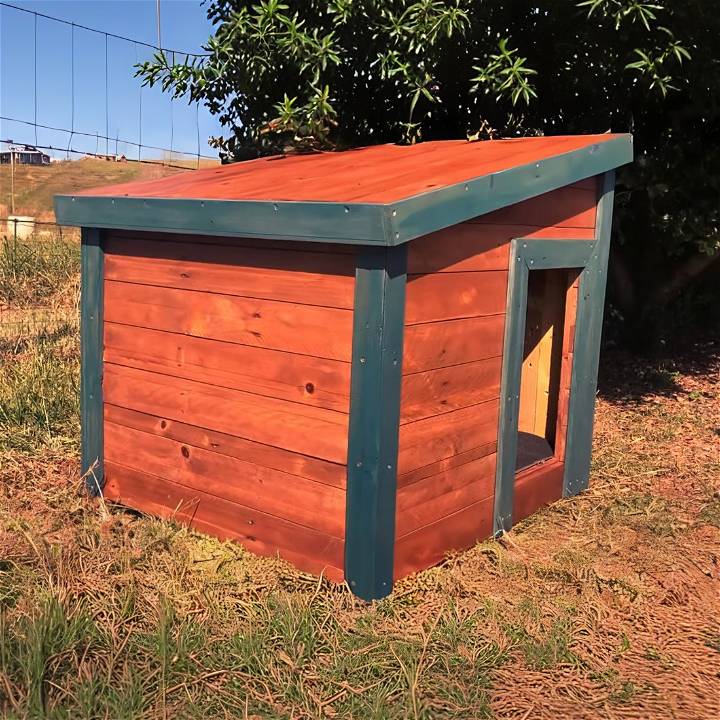
Materials and Tools You Will Need
- Pallet wood
- Old conveyor belt (for base size)
- Angle grinder (for cutting nails)
- Chipboard screws (25mm, 40mm, and 100mm sizes)
- Angle clamps
- Drill with pre-drill and countersink bits
- Straight edge
- 40 grit flap disc
- Water-based exterior stain
- Cheap poster paint
- Paving sealer
- Basic woodworking tools (saw, speed square, measuring tape)
Step by Step Instructions
Learn how to build a dog kennel with step-by-step instructions, expert tips, and affordable materials.
Step 1: Prepare the Pallets
Start by processing a few pallets to obtain the wood. Use an angle grinder to quickly cut off the nails as it's faster than prying them out. Organize your wood based on size and condition.
Step 2: Build the Base Frame
Using the pallet stringers, cut them to the required length for your base frame. Pre-drill and countersink the holes before using chipboard screws to assemble a simple frame with a central support. Use angle clamps to ensure the frame is squared properly.
Step 3: Lay the Flooring
Place a paling at either end of the base frame and fill in the rest. Measure any gaps, rip a paling to width, and fit it into place. Use chipboard screws to secure the palings, ensuring the floor is robust and even.
Step 4: Construct the Walls
Next, build the walls using paling pieces. Ensure the bottom and top widths align and the structure is kept square. Attach the top of the palings to a ripped 50mm-wide paling for additional support.
Step 5: Build the Roof Frame
For the removable roof, use more pallet stringers to build a frame. Ensure it fits snugly on top of the walls, and mark the cuts needed for a perfect fit. Attach the frame pieces securely.
Step 6: Double Up for Insulation
To ensure the kennel is warm, apply a second layer of pallet wood both to the sides and the roof of the kennel. This adds not only insulation but also strength. Attach the pieces from the inside to hide screws for a cleaner look.
Step 7: Stain and Paint
Apply a watered-down coat of exterior stain for a protective and aesthetic finish. If desired, mix poster paint for decorative details. A paving sealer, diluted to a 1:1 ratio, can be applied for an affordable yet effective waterproof coating.
Step 8: Add Finishing Touches
For extra detail and reinforcement, add trimmed paling pieces around the edges and door frame. Ensure everything fits snugly and make any necessary adjustments.
Step 9: Final Assembly
Assemble all parts, ensuring the roof is removable for easy cleaning and ventilation. Check all screws and reinforcements are tightened and secure.
Video Tutorial
For a step-by-step video tutorial on building a sturdy and warm dog kennel with pallet wood, watch this instructional YouTube video by Nikita Maree.
It pairs well with this written guide, offering a vivid depiction of each step taken to ensure a comfortable and lasting shelter for your dog.
This guide and video will equip you with the knowledge to build a safe, warm, and inviting space for your pet, all while being mindful of the environment and your budget.
Size Considerations
When building a DIY dog kennel, it's crucial to consider the size of the kennel to ensure it's comfortable and suitable for your dog. Here are some factors to consider:
Understanding Your Dog's Size
Measure Your Dog: Measure your dog's height, length, and width. The kennel should be large enough for your dog to move around comfortably. As a rule of thumb, the kennel should be at least 1.5 times the length of your dog and tall enough for them to stand without hitting their head.
Breed Specific Needs
Different breeds have different needs. For example, some breeds prefer more enclosed spaces, while others need more room to move around. Research your dog's breed to understand their specific needs.
Growth and Changes
If your dog is still growing, consider how much they might grow in the future. Also, remember that dogs, like humans, can change in size as they age.
Outdoor vs. Indoor Kennels
Outdoor kennels typically need to be larger as they often serve as the dog's primary space for movement and play. Indoor kennels, on the other hand, are often smaller and used for short periods or as sleeping areas.
The goal is to build a safe and comfortable space for your dog. Always prioritize your dog's needs and comfort when deciding on the size of the kennel.
Location and Placement
Choosing the right location for your dog's kennel is just as important as building the kennel itself. Here are some factors to consider:
Outdoor Conditions
Sun and Shade: Place the kennel in a location that gets a good mix of sun and shade throughout the day. This ensures your dog can enjoy the sun but also retreat to the shade when it gets too hot.
Noise Levels
Quiet and Calm: Dogs can be sensitive to noise. Try to find a quiet spot in your yard that's away from busy streets or noisy neighbors.
Safety
Away from Hazards: Make sure the kennel is placed away from potential hazards like pools, toxic plants, or chemicals stored in your yard.
Accessibility
Easy Access: The kennel should be easily accessible for cleaning and feeding. Also, ensure there's a clear path for your dog to enter and exit the kennel.
What works best for one might not work for another. Always consider your dog's individual needs when choosing the location for their kennel.
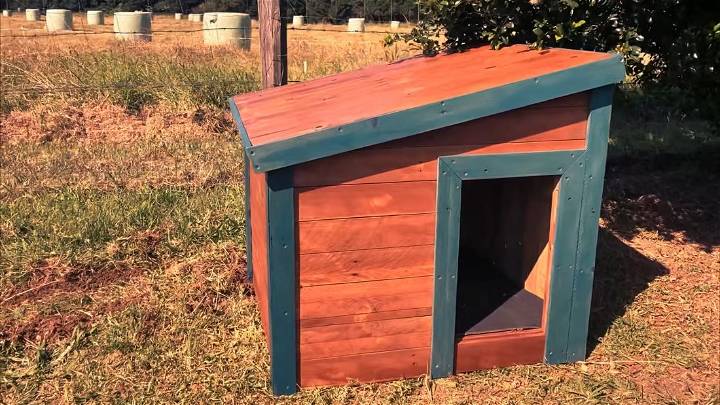
Customization Ideas
Adding personal touches to your dog's kennel can make it feel more like home for your furry friend. Here are some customization ideas:
Paint and Decorations
Choose a Color: Painting the kennel can not only protect the wood but also add a personal touch. Choose a color that matches your outdoor decor or even your dog's personality.
Add Decorations: Consider adding decorations like a nameplate with your dog's name, or even some artwork. Just make sure any decorations are safe and securely attached.
Comfort Features
Bedding: Add a comfortable bed or blanket that your dog loves. This will make the kennel feel more cozy and inviting.
Toys: If your dog has favorite toys, consider keeping a few in the kennel. This can help your dog feel more at home.
Functional Add-Ons
Water and Food Bowls: If your dog will be spending extended periods in the kennel, consider adding attached food and water bowls.
Cover or Roof: A cover or roof can provide shade and protection from the elements.
Any customizations should focus on making it comfortable and enjoyable for them.
Common Mistakes to Avoid
Building a DIY dog kennel can be a rewarding project, but there are some common pitfalls to avoid. Here are some tips to help you avoid these mistakes:
Inadequate Planning
Plan Ahead: Before you start building, make sure you have a clear plan. This includes understanding your dog's needs, having a design in mind, and knowing the materials you need.
Ignoring Your Dog's Size
Size Matters: One of the most common mistakes is not considering the size of your dog. The kennel should be spacious enough for your dog to move around comfortably.
Using the Wrong Materials
Choose Wisely: Not all materials are safe or durable enough for a dog kennel. Avoid using treated wood or paints that could be toxic to your dog.
Neglecting Weather Conditions
Weatherproof: If the kennel is outdoors, make sure it's weatherproof. This means it should be able to withstand rain, snow, and heat.
Overlooking Comfort
Comfort is Key: A kennel isn't just a place for your dog to sleep. It's their home. Make sure it's comfortable and inviting.
The goal is to build a safe, comfortable space for your dog. Avoiding these common mistakes can help ensure your kennel is a place your dog will love.
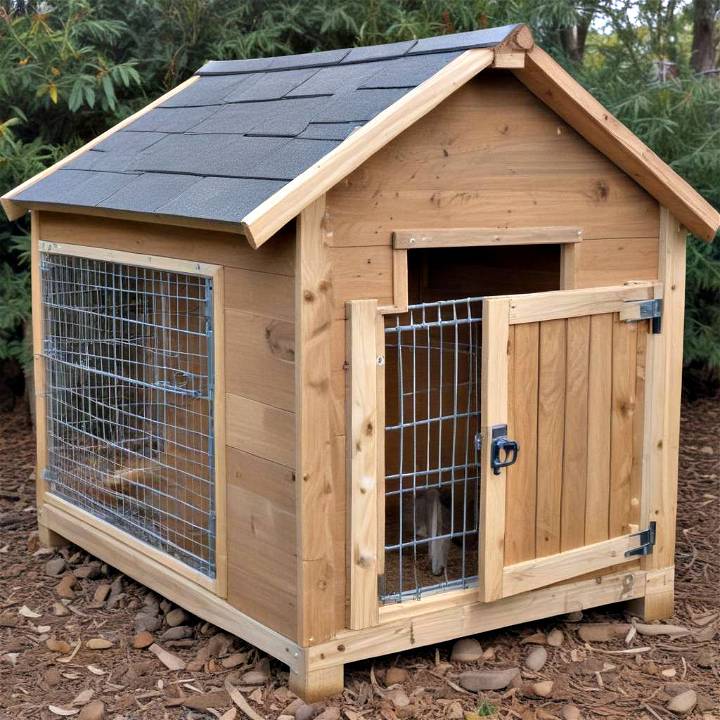
Maintenance Tips
Maintaining your DIY dog kennel is crucial to ensure it remains a safe and comfortable space for your dog. Here are some tips to help you keep the kennel in top condition:
Regular Cleaning
Clean the Kennel: Regular cleaning is essential. Use a mild, pet-safe detergent to clean the kennel and rinse thoroughly. Make sure the kennel is dry before your dog uses it again.
Inspect for Damage
Check for Wear and Tear: Regularly inspect the kennel for any signs of damage such as splintered wood or rusted metal. Any damage should be repaired immediately to prevent injury to your dog.
Weather Protection
Protect Against the Elements: If the kennel is outdoors, make sure it's protected against the weather. This could involve applying a weather-resistant finish to the wood or providing a cover for the kennel.
Comfort Checks
Check Bedding and Toys: Regularly check and replace any bedding or toys in the kennel to ensure they remain clean and safe for your dog.
A well-maintained kennel is a happy home for your dog. Regular maintenance not only ensures the longevity of the kennel but also the health and happiness of your furry friend.
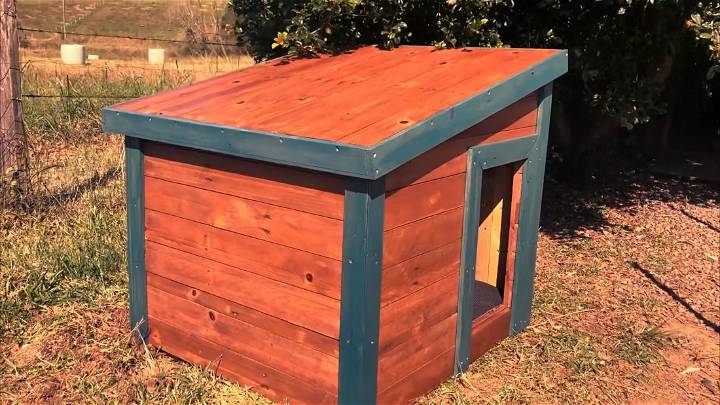
FAQs About DIY Dog Kennel
Here are some frequently asked questions about building and maintaining a DIY dog kennel:
What materials are safe to use for a dog kennel?
Answer: Untreated wood, stainless steel, and high-density plastic are generally safe materials for a dog kennel. Always avoid materials that have been treated with harmful chemicals.
How big should the kennel be?
Answer: The kennel should be at least 1.5 times the length of your dog and tall enough for them to stand without hitting their head.
How often should I clean the kennel?
Answer: It's recommended to clean the kennel at least once a week. However, if your dog spends a lot of time in the kennel or has had any accidents, you may need to clean it more frequently.
Can I place the kennel anywhere in my yard?
Answer: The kennel should be placed in a quiet, shaded area of your yard. Avoid areas near pools or other potential hazards.
What kind of bedding should I use?
Answer: Use bedding that is comfortable for your dog and easy to clean. Some options include dog beds, blankets, or even straw for outdoor kennels.
How can I make the kennel more comfortable for my dog?
Answer: Adding a comfortable bed, favorite toys, and ensuring the kennel is the right size can make it more comfortable for your dog.
Can I paint the kennel?
Answer: Yes, but make sure to use pet-safe paint. Some paints can be toxic to dogs.
What should I do if the kennel gets damaged?
Answer: If the kennel gets damaged, repair it as soon as possible to prevent any potential injuries. Regularly inspect the kennel for any signs of wear and tear.
How can I protect the kennel from the weather?
Answer: Use weather-resistant materials and consider adding a cover or roof for additional protection.
Can I leave my dog in the kennel all day?
Answer: While kennels can be a safe space for your dog, they shouldn't be used as a substitute for regular exercise and interaction. Dogs need plenty of exercise and social interaction each day.
Every dog is unique. Always consider your dog's individual needs when building and maintaining their kennel.
Conclusion:
In conclusion, DIY dog kennels offer a cost-effective and customizable solution for pet owners. By building your own kennel, you can build a safe and comfortable space for your furry friend while adding a personal touch to their living environment. Consider embarking on a DIY project to build the perfect kennel for your beloved pet.


